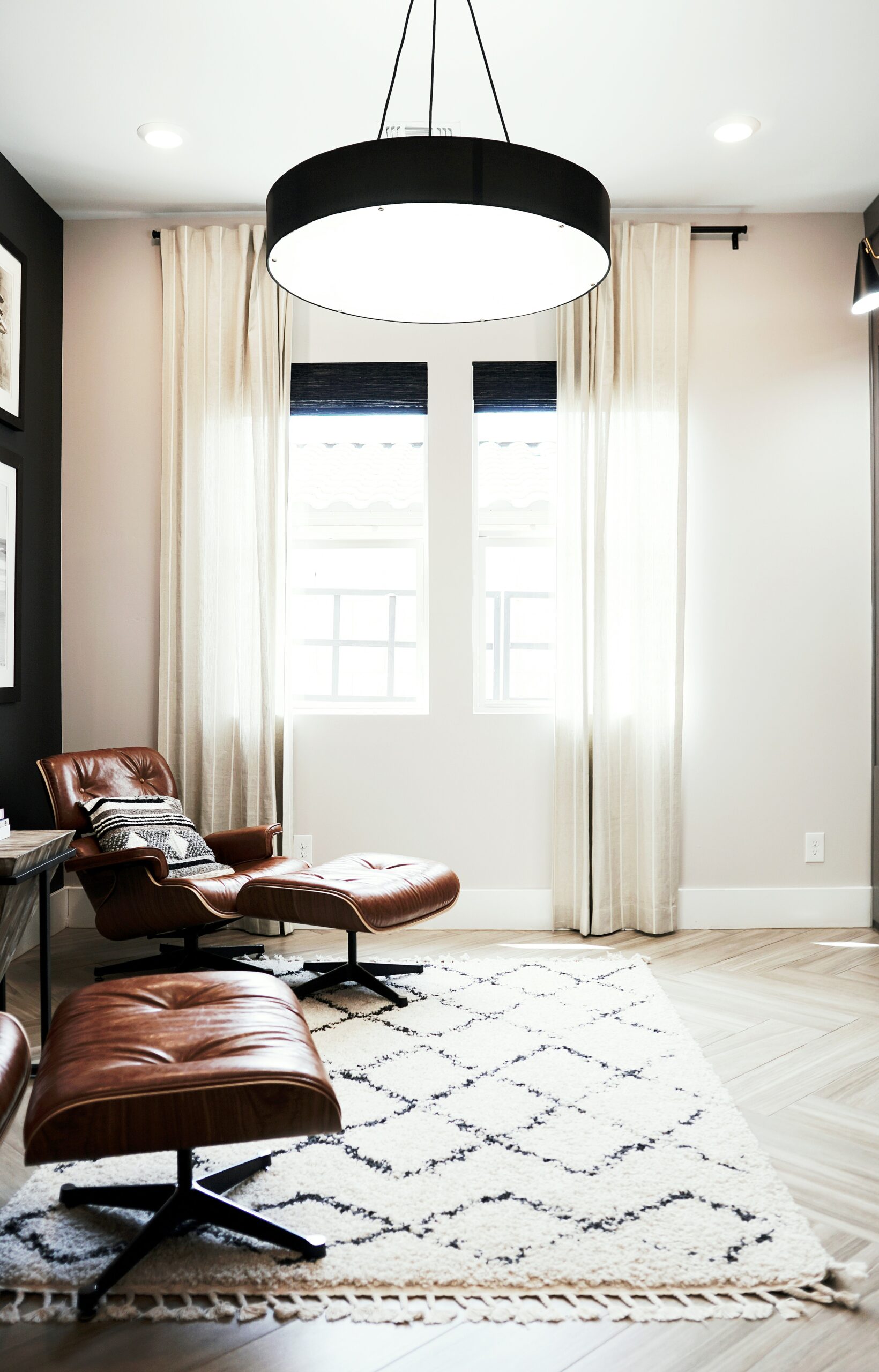
Introduction to Lighting Automation Systems
Lighting automation systems are becoming increasingly popular in both residential and commercial spaces. These systems offer enhanced control over lighting, allowing users to adjust brightness and color through simple interfaces or automated settings. By integrating smart technology into lighting, home and business owners can experience a range of benefits that cater to both functionality and aesthetics.
Energy Efficiency and Cost Savings
One of the primary advantages of lighting automation systems is their potential for energy efficiency. Automated lighting solutions can reduce energy consumption by ensuring that lights are only on when needed. For example, occupancy sensors can detect when a room is unoccupied, automatically turning off the lights, which ultimately lowers electricity bills. This smart management of lighting significantly contributes to sustainability efforts while also reducing costs.
Enhanced Ambiance and Convenience
Beyond savings, lighting automation systems provide users with the ability to customize their environments seamlessly. With programmable settings, homeowners can establish different lighting scenes for various activities, such as reading, entertaining, or watching movies. Furthermore, many modern systems offer remote access, allowing users to control their lighting from anywhere via smartphone apps. This level of convenience enhances daily living and contributes to an improved overall quality of life.
In conclusion, lighting automation systems not only promote energy efficiency and cost savings but also add convenience and aesthetic appeal to any space. As technology continues to evolve, more innovative features are likely to emerge, making these systems an invaluable addition to modern living.